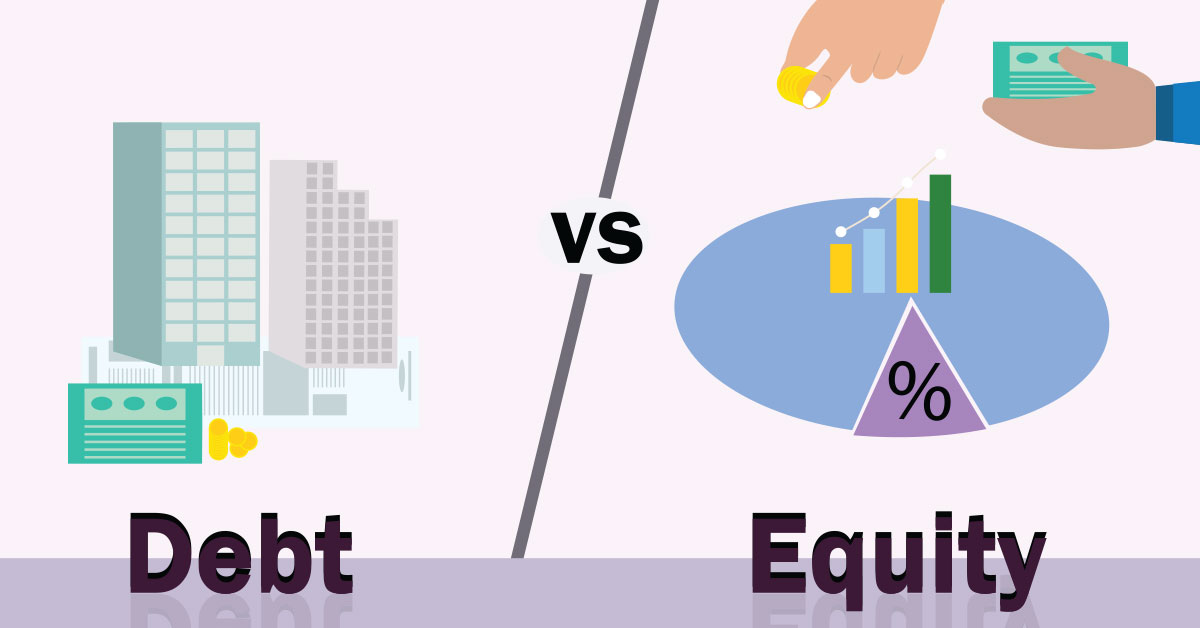
Posted on March 30, 2024 by MergerDomo
The Rise of Impact Investing in Global SMEs: Powering Progress at the Grassroots
The financial landscape is undergoing a significant shift. Investors are increasingly seeking opportunities to make a positive impact alongside financial returns. This trend has fueled the rise of impact investing, a practice that channels capital towards businesses that generate social and environmental benefits alongside financial gains. Small and Medium Enterprises (SMEs) are at the heart of this transformation, emerging as powerful drivers of change across the globe.
This article explores the growing synergy between impact investing and global SMEs. We'll delve into the factors driving this trend, the unique potential of SMEs for social and environmental impact, and the challenges and opportunities that lie ahead.
Why the Rise of Impact Investing in SMEs?
Several key factors are contributing to the growing focus on impact investing in SMEs:
Shifting Investor Values: A growing segment of investors, particularly millennials and Gen Z, are prioritizing social and environmental responsibility. They seek investments that align with their values and contribute to a better future.
Increased Awareness of Global Challenges: Climate change, poverty, and inequality are pressing issues demanding innovative solutions. Investors recognize SMEs' potential to address these challenges at the local level.
Improved Measurement Tools: Measuring social and environmental impact has become more sophisticated, allowing investors to assess the effectiveness of their investments and compare different opportunities.
Technological Advancements: Technology is revolutionizing how SMEs operate, making them more efficient, scalable, and adaptable – key features for attracting impact investors.
The Untapped Potential of SMEs for Impact
SMEs, by their very nature, are well-positioned to drive positive change:
Deep Local Roots: Operating within their communities, SMEs have a profound understanding of local needs and challenges. They can tailor solutions specific to the context.
Agility and Innovation: SMEs are often nimbler than larger corporations, allowing them to adapt quickly to changing market needs and social challenges.
Job Creation: SMEs are the backbone of job creation globally, particularly in developing economies. Impact investments in SMEs can contribute to poverty reduction and economic empowerment.
Environmental Sustainability: SMEs can play a crucial role in promoting sustainable practices, such as clean energy production, resource efficiency, and waste reduction.
Examples of Impact Investing in Action:
The provided examples showcase how impact investing fuels positive social and environmental change through empowering SMEs. Let's explore each example in more detail:
1. Financial Inclusion: Microfinance Institutions
Microfinance institutions (MFIs) are a prime example of how impact investing empowers SMEs. These institutions provide financial services like loans, savings accounts, and money transfers specifically targeted at underserved populations – individuals and small businesses who lack access to traditional banking services.
Impact Created:
Economic Empowerment: By providing loans for starting or expanding businesses, MFIs enable individuals to become entrepreneurs. This creates jobs, improves living standards, and injects capital into the local economy.
Poverty Reduction: Increased income generation through business ownership allows families to lift themselves out of poverty and achieve financial stability.
Social Mobility: Financial independence empowers individuals, particularly women, to gain greater agency within their communities and participate more actively in the economic sphere.
2. Renewable Energy: Clean Energy Solutions
Investing in SMEs developing and deploying renewable energy solutions directly addresses the pressing need for clean energy access, particularly in developing regions.
Impact Created:
Climate Change Mitigation: By promoting renewable energy sources like solar, wind, or geothermal power, these SMEs reduce reliance on fossil fuels and contribute to combating climate change.
Energy Security: Developing local renewable energy sources increases energy independence for developing regions, reducing reliance on imported fossil fuels and price fluctuations.
Improved Health: Transitioning away from fossil fuels diminishes air pollution, leading to improved public health and a healthier environment.
3. Sustainable Agriculture: Promoting Sustainable Practices
Supporting SMEs that promote sustainable farming practices fosters a more environmentally responsible food production system.
Impact Created:
Food Security: Sustainable practices like organic farming or water conservation techniques help improve soil health, increase yields, and enhance food security in the long run.
Environmental Conservation: Reduced reliance on harmful chemicals and improved resource management contribute to soil and water conservation, benefiting the environment.
Biodiversity Protection: Sustainable farming practices promote biodiversity by creating a healthier ecosystem for flora and fauna.
Challenges and Opportunities in the Evolving Landscape
Despite the immense potential, impact investing in SMEs faces certain challenges:
Data Availability: Measuring the social and environmental impact of smaller businesses can be more complex compared to larger corporations. Standardized frameworks and better data collection methods are needed.
Risk Management: SMEs may be considered riskier investments due to their smaller size and limited track record. Innovative financing models and risk-sharing mechanisms are necessary to attract more investors.
Capacity Building: Many SMEs lack the expertise or resources to effectively measure and communicate their social impact. Capacity-building programs can equip them to showcase their impact potential.
However, significant opportunities exist to address these challenges and unlock the full potential of impact investing in SMEs:
Technological Solutions: Data analytics and blockchain technology can streamline impact measurement and improve transparency for investors.
Public-Private Partnerships: Collaboration between governments, development institutions, and impact investors can provide SMEs with access to funding, technical assistance, and risk mitigation strategies.
Focus on Scalability: Impact investors can prioritize SMEs with strong growth potential and business models that enable them to scale their impact effectively.
Conclusion: Building a Better Future with SMEs
The rise of impact investing in global SMEs presents a powerful opportunity to address pressing social and environmental challenges while promoting economic development. By recognizing the unique strengths of SMEs and fostering an enabling environment, investors, governments, and businesses can work together to build a more inclusive and sustainable future.
Looking Ahead:
The future of impact investing in SMEs lies in fostering collaboration across the ecosystem. Investors, entrepreneurs, and policymakers need to work together to develop innovative financing models, streamline impact measurement practices, and build capacity within SMEs.
As impact investing continues to evolve, a focus on scalability will be critical. Supporting SMEs with the potential to reach a significant number of beneficiaries will maximize the positive impact of these investments.
Technological advancements will play a crucial role in driving efficiency and transparency in impact investing. Utilizing data analytics and blockchain technology can revolutionize impact measurement and attract a wider




